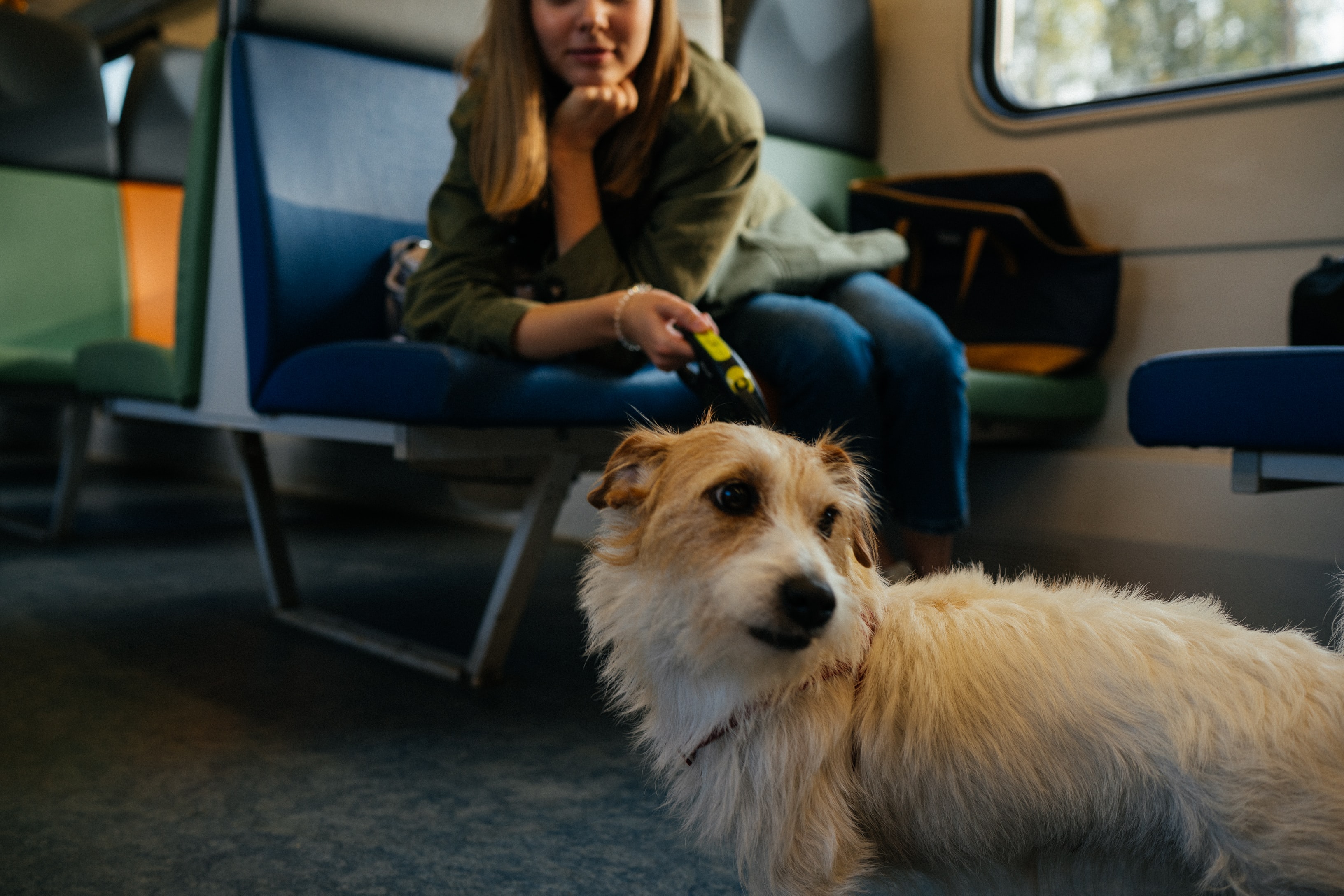Flying with pets sounds like a heartwarming idea, but for many pet owners, it can quickly become a stressful and confusing experience. While the thought of having your furry friend beside you on a plane feels comforting, the reality is packed with airline specific rules, health requirements, and travel logistics that can be overwhelming without the right preparation.

Every airline follows its own set of policies when it comes to pet travel, and there is no one size fits all rulebook. Some carriers allow small pets in the cabin, provided they fit under the seat in a designated soft carrier. Others require pets to travel in the cargo hold, which involves a very different set of conditions and preparations. To make matters more complex, many airlines cap the number of pets allowed per flight, so booking in advance is essential if you want your pet to fly with you.
Before confirming your ticket, visit the airline’s official website or call their customer support to understand every detail related to pet travel. You will find that size, weight, breed, and even age restrictions vary between airlines. Many carriers have strict rules about brachycephalic or short nosed breeds like Bulldogs, Pugs, and Persian cats. These pets are at a higher risk of breathing issues during air travel, especially in the cargo hold, and may be restricted or completely prohibited.
Flying internationally brings in another layer of complexity. In addition to a valid health certificate from a licensed vet, you may need proof of vaccinations, microchipping, and possibly an import permit, depending on your destination country. Some locations require pets to go through a quarantine period on arrival. A single missing document could result in denied entry or long delays, which is why researching pet import laws beforehand is non negotiable.

Cabin travel is certainly safer and more comfortable for pets, but it is only possible for animals that can comfortably fit into an airline approved soft carrier. This means larger breeds will need to travel in the cargo area, which can be a cause of concern for pet parents. If cargo is the only option, take extra precautions. Use a well ventilated and sturdy crate, attach identification tags, feeding instructions, and even a recent photo of your pet on the outside. Some airlines offer premium pet travel services that assign trained staff to manage and monitor your pet’s journey. Though costlier, they bring peace of mind.
Preparing your pet for the journey is equally important. Start by familiarising them with their travel carrier weeks in advance. Create positive associations with the space using treats, toys, and short practice sessions. On the day of travel, ensure your pet is well hydrated and has exercised enough to stay calm. Avoid feeding them a full meal right before departure. Some vets may prescribe mild sedatives for extremely anxious animals, but this should always be discussed in advance, as sedation at high altitudes can be risky.
At the airport, arrive early. Inform the airline staff at check in about your pet, and keep all necessary documents easily accessible. During the flight, try to stay composed, as your pet can sense your emotions. Speak to them softly if they are in the cabin with you, and avoid opening the carrier unless absolutely necessary.

What many pet owners overlook is that most of the responsibility for a smooth journey lies with them. While airlines provide the framework, it is up to you to follow through with every requirement. From pre booking to landing, each step needs to be well planned. Overlooking details like carrier dimensions or vaccination records can cause last minute panic and sometimes, heartbreak.
As airlines slowly adapt to the increasing number of passengers flying with pets, the travel experience is becoming more structured. However, every airline change, policy update, or new rule demands your attention. Being proactive, asking questions, and confirming details ahead of time will help you avoid unpleasant surprises.
The experience of traveling with your pet can be deeply rewarding, provided you plan thoroughly and prioritize their safety and comfort. With the right mindset and preparation, your next journey with your four legged companion can be less about stress and more about shared memories.
For more travel tips, safety updates, and destination ideas that are pet friendly, follow Travel Moves on Instagram and Facebook.








